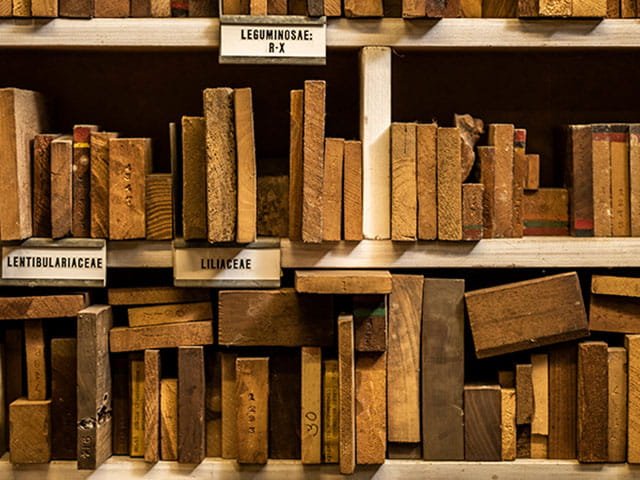Timber species verification can be used to assess whether timber, either in its ‘raw’ form or when manufactured into a product, is the species it claims to be in accompanying documentation. Timber species verification provides a useful tool as part of an organization’s due diligence system.
What is timber species verification?
From a United Kingdom Timber Regulation (UKTR) perspective, all the species contained in a product or item must be included on accompanying documentation and can therefore be subject to scrutiny.
The methods employed to verify wood species involve examination of the anatomical features of the sample in question using microscopy.
These anatomical features are compared against those for timbers claimed to have been used in accompanying documentation. This is done by comparing microscopic features in the sample against authenticated reference samples and anatomical keys. This is particularly important where a product is made up from more than one component.
Operators are required to provide botanic names for species contained in their products. Commercial or local names for timbers, while acceptable to the trade, may be misleading and should not be used in the context of UKTR.
It should also be recognized that in the past the geographic origin of timber provided an indication of the species it was likely to be. However, since many commercial timbers are now grown outside the regions where they originate, geographic origin is less useful than it would have been in the past.
The benefits of timber species verification
Timber species verification provides a useful due diligence system tool to meet the UKTR. All companies involved in the trade and selling of timber and timber-based products (including paper) in Europe need to understand the requirements of the regulation.
Under the Regulation companies fall under two categories:
-
Operators - those who first place the timber or timber products on the UK market (whether sourced from within the UK or from outside the UK).
-
Traders - those who sell or buy timber or timber products already placed on the internal market by Operators or other Traders.
To 'first place' products on the UK market means you are the entity with legal ownership of the product when it first enters the UK market. For most Traders it has been business as usual since the law took effect on 3rd March 2013 as part of the EUTR.As a Trader, your UKTR obligations extend to maintaining transaction records for five years and co-operating with any investigations that might arise in the future.
However, Operators are required to undertake measures designed to check whether timber / timber products they ‘handle’ is legal to comply with the UKTR. Operators are required to undertake due diligence either by developing their own due diligence system (DDS) or using one provided by a third party.
Why BM TRADA for your timber species verification?
BM TRADA can conduct timber species verification on samples to confirm whether they are made from the wood claimed in accompanying documentation provided by your supplier.
We have built a wood library containing thousands of authenticated timber specimens over a period of 70 years. Using this specimen library and specialist keys, we will examine your sample and compare its anatomical features against those of confirmed (i.e. authenticated) samples to establish whether they match.
We will then provide you with an independent technical report on our findings.
Learn more about timber species and types
Below you will find answers to some common FAQs about timber types and species. If you cannot find the answer to your query, please contact our free Timber Technical Helpline (Mon-Fri 9am-5pm) on 01494 840 349 for advice.
Related Information
Articles and Blogs
Access our library of technical articles and blogs to help you better understand our services and how we can help you.

Timber Training
Our experts provide a range of courses from visual strength grading through to scaffold boards and timber frame construction.
